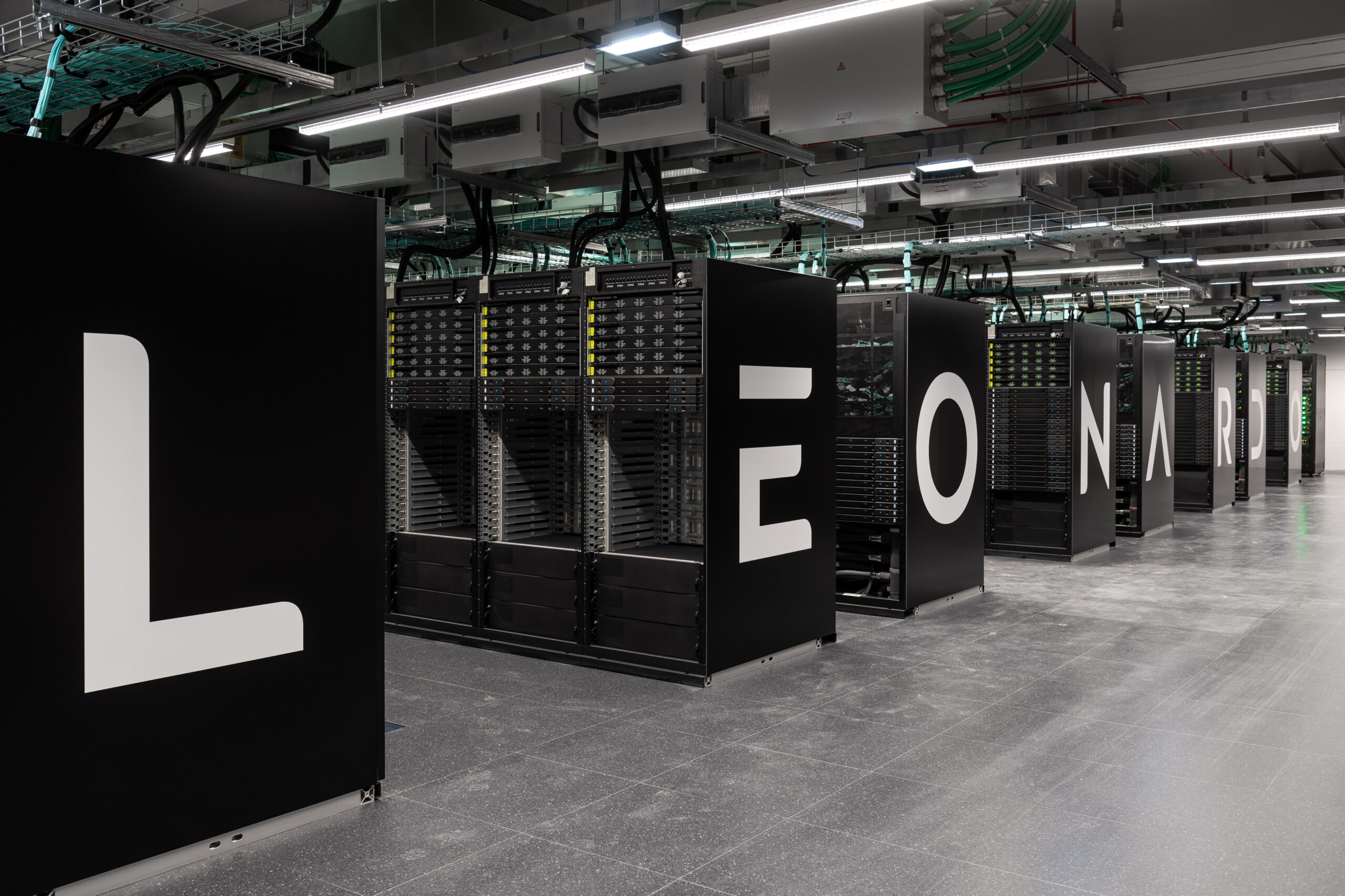lisa
EuroHPC Joint Undertaking has recently approved Cineca expression of interest for upgrading Leonardo supercomputer, targeting an increase of 100 PFlops of computing capacity.
Leonardo improved supercomputing architecture – named LISA in short, after the universally known portrait Mona Lisa by Leonardo da Vinci – is a Cineca project that targets an upgrade of Leonardo supercomputing architecture. The upgrade is targeting both a considerable increase in performance and a broadening of the use cases that can be well addressed with the supercomputing system. The upgrade will rely on the modular architecture of Leonardo and aims to add two more computing modules.
 A module will be based on high memory bandwidth conventional nodes. This is key to improving greatly the performance of applications requiring fast data transfer between memory and CPU.
A module will be based on high memory bandwidth conventional nodes. This is key to improving greatly the performance of applications requiring fast data transfer between memory and CPU.
LISA will also provide a brand-new high-end accelerated module, based on next generation GPU server nodes, providing top-of-the-market efficiency in terms of performance per watt.
From the user perspective all modules act as independent stand-alone partitions. This brings the clear advantage of allowing a rather seamless upgrade integration process while Leonardo will continue its normal operations.
The projected size of the newly added computing modules justifies an increase in performance of 100 PFlops, providing the necessary capability for single simulations to scale to hundreds of computing nodes.

